- 5G – INTRODUCTION
UNIT 11 – 5G - TECHNOLOGY & ARTIFICIAL INTELLIGENCE – PART 1
5G Technology:
Timeline; Features; Applications and Challenges
5G network is the next generation of wireless communication. It’s much faster and able to connect with more devices than the existing 4G LTE network. China is the first country to officially announce its entry to the 5G era. In this article, we are providing you with complete details on 5G Technology which is important for UPSC Exam.
- The first generation of mobile network (1G)-
- It was launched for the first time by Nippon Telegraph and Telephone in Tokyo. By 1984 it was rolled out in the whole of Japan.
- By the late 1990’s 1G, also appeared in the US, Canada and UK.
- It only involves call functions, but have problems in the form of high cost, continuous network disruption, poor coverage, and poor sound quality.
- These drawbacks paved the way for the arrival of 2G. The maximum speed of 1G was 2.4 Kbps.
- 2nd Generation network–
- In 2G people could send messages (SMS), picture messages and multimedia messages (MMS) on their phone. It led to a cultural revolution in the society.
- The main problem with 2G was its sluggish speed of only 50Kbps.
- 3G Technology–
- In 2001,3G was launched by NTT DoCoMo. It increased data transfer capabilities and brought new services like video streaming, Voice over IP and video conferencing.
- 3G made it possible to have international calls. The maximum speed of 3G was 2Mbps.
- 4G LTE–
- It provided with high speed and wide coverage. It was launched in 2009 and it enables features like virtual reality.
- Most mobile phones at present support both 4G and 3G technologies.
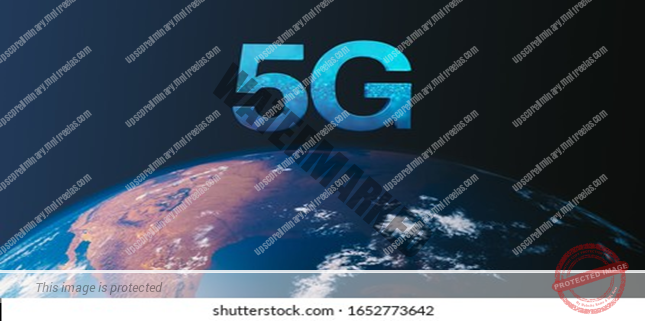
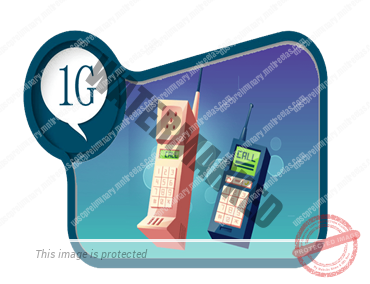
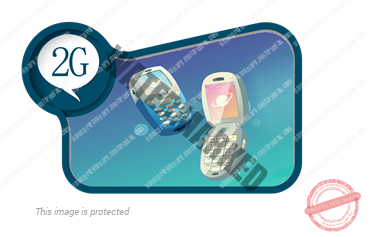
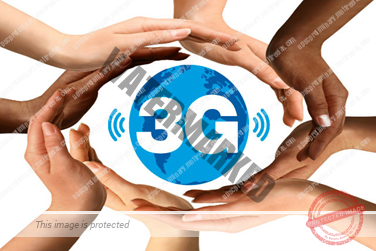
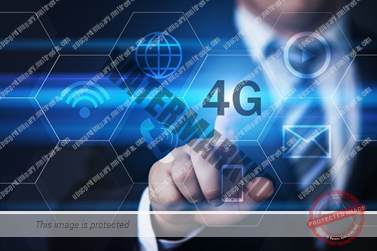
[pvc_stats postid="" increase="1" show_views_today="1"]
